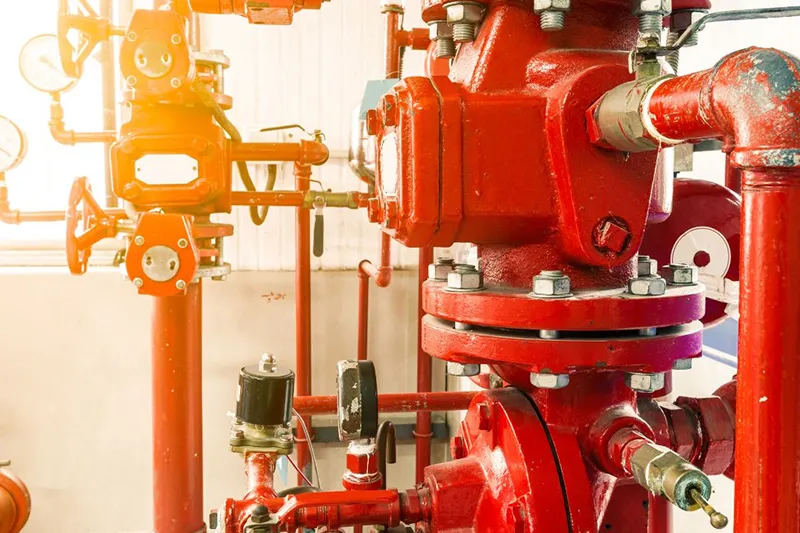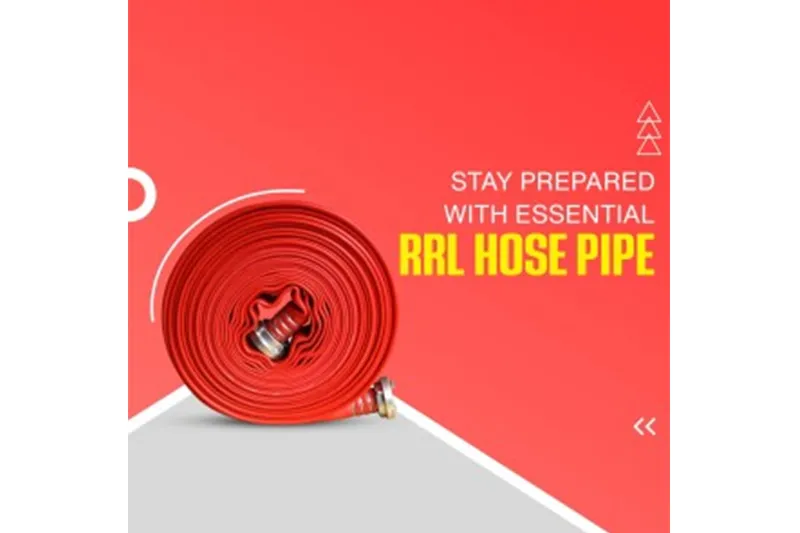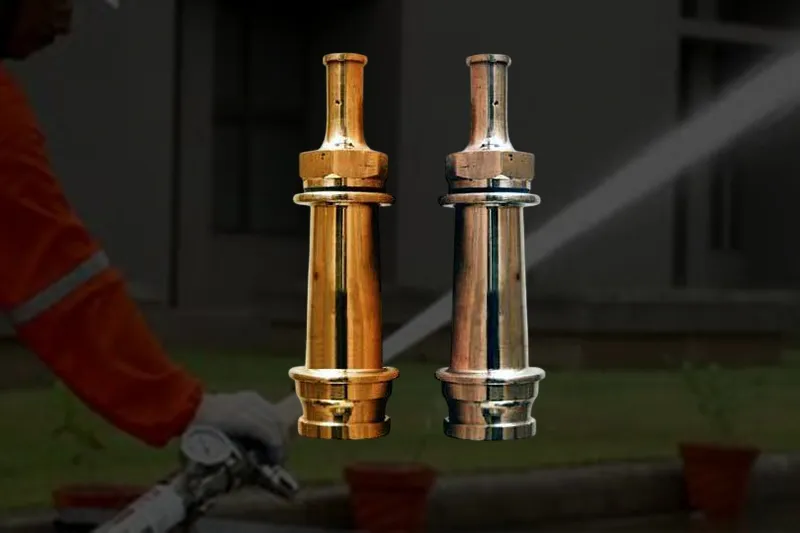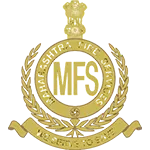
Hydrant system
Fire hydrant valves are critical components in fire protection systems, designed to control the flow of water from the municipal supply to firefighting equipment. Specifications can vary based on local regulations and standards, but common features include:
- Gate Valve: Used for on/off control; provides minimal flow resistance.
- Butterfly Valve: Offers quick operation; suitable for larger systems.
- Ball Valve: Provides tight sealing and quick shut-off.
Types of Valves
- Body: Typically made from ductile iron, bronze, or stainless steel for durability.
- Coating: Often coated with a corrosion-resistant finish, such as epoxy or paint.
Material Specifications
- Working Pressure: Usually rated between 150 psi to 300 psi, depending on the system requirements.
- Test Pressure: Often tested at 1.5 times the working pressure.
Pressure Ratings
- Diameter: Common sizes range from 2.5 inches to 6 inches, depending on the application.
- Connection Types: Flanged, threaded, or grooved connections are standard. Pressure Ratings
Size and Connection
- NFPA (National Fire Protection Association)
- AWWA (American Water Works Association)
- ANSI (American National Standards Institute)
Standards Compliance
- Operating Mechanism: Manual or automatic operation; some may include indicators for open/closed status.
- Accessibility: Designed for easy access and operation by firefighters.
Operational Features
Local fire codes and regulations may dictate specific requirements, so it is essential to consult with local authorities or fire protection engineers for precise specifications.
Fire Fighting Hydrant Systems are the most commonly used systems, in many residential and industrial projects. If you have ever seen a “Red” colour pipe, circulating around a building or factory, you have seen a Fire Hydrant Pipe. In most news clippings about a fire, you can see a fireman shooting water up to 8stories high or more, that fire man is using the Fire Hydrant System. Such is the power of the Fire Hydrant System that water can be shot right up to 8 floor, directly into the fire.
Fire Hydrant Systems forms the basis, of Fire Protection Systems, without Fire Hydrant System a Fire Protection System cannot be called a Fire Protection System. It will be a superficial system. (With respect to large areas, in general). Fire Hydrant System installation is relatively easy.
Fire Hydrant Systems are very strong and can be used from medium to large sized fires. Fire Hydrant Systems, have a long range. Since the Fire Hydrant System is spread out, the fire hydrant can attack fire from different angles. This entire systems requires low maintenance and virtually, does not leak water. Besides this, Fire Hydrant Systems have a long life.

RRL HOSE PIPE (Type A & B)
rrl-type-a-hoe-pipe Reinforced Rubber Lined Hose is preferred by the fire fighters due to their excellent durability. The jacket is made of 100% synthetic yarn. RRL Hose has excellent heat and abrasion resistance. This hose meets the requirements of IS 363 – Type A 2) RRL Type B - Reinforced Rubber Lined Hose has excellent durability. The overall construction is of high tenacity synthetic fibre circular woven seamless reinforcement, totally encapsulated in all synthetic special polymer.

HOSE BOX
Fire hose boxes, also known as fire hose cabinets or fire hose reels, have specific design and construction standards to ensure safety and functionality. Here are the key specifications:
- Standard sizes vary, but common dimensions include:
- Height: 24 to 36 inches
- Width: 18 to 24 inches
- Depth: 6 to 12 inches
Dimensions
- Typically constructed from:
- Steel (often powder-coated for corrosion resistance)
- Aluminum
- Fiberglass (for lightweight and durability)
Material
- 50 to 100 feet of fire hose (typically 1.5 to 2.5 inches in diameter)
- Additional storage for nozzles and fittings
Capacity
- Can be wall-mounted or freestanding.
- Must comply with local fire codes regarding installation height and accessibility.
Mounting
- Often includes:
- Clear acrylic or glass door for visibility
- Locking mechanism for security
- Labels indicating contents and usage instructions
Features
- Must meet standards set by organizations such as:
- National Fire Protection Association (NFPA)
- Underwriters Laboratories (UL)
Compliance
- Should be installed in easily accessible locations, typically within 100 feet of any point in a building.
- For specific requirements, always refer to local fire codes and regulations, as they may vary by jurisdiction.
Installation

Fire Hose Reel Drum
Features of Fire Hose Reel Drum:
Inlet: 1” threaded inlet connection
- Compact design and wall mounted type For Swinging Hose Reel
- Threaded Inlet Connection and Hose: Rubber braided/PVC braided
- Finished by P.O Red colour and made out from 1.6 mm CRCA Sheet
- Outlet: ¾”/1”/1-1/2” outlet connection for hose to accommodate 30 mtrs hoses
Fire Hose Reel Drum Supplier Hose Reel Drum is made from high quality MS Steel to ensure for high tensile strength and durable and is quality tested by experts certifying is sturdiness.
Uses /Applications of Fire Hose Reel Drum
Hose Reel Drums finds applications in fire fighting purposes and are widely installed in hotels, buildings, shopping centres, multi storey buildings, etc.
| Fire Hose Reel Drum | Specifications |
|---|---|
| Best Price | Get Latest price |
| Company Cease | Fire & Electrical Services LLP |
| Product name | Fire Hose Reel Drum |
| Type | Drum |
| Diameter | 100-200 mm, 200-300 mm |
| Size | 27.5 x 31.5 x 15.5 inch |
| Max Cable Length | up to 30 m |
| Mounting type | Wall Mounting |
| CRCA Sheet Size | 1.6 mm |
| Pressure | 0.8 Mpa – 1.3 MPa |
| Surface Treatment | Galvanized Polished |
| Finish | Coated |
| Colour | Red |
| Material | Mild Steel |
| Usage/Application | Fire fighting system monitoring |
| Other Specification Data | Available on request |
| Min order Quantity | 1 pc |

Branch pipe
Branch pipe nozzles are essential components in piping systems, designed to facilitate the connection of branch lines to a main pipeline. Specifications can vary based on application, material, and design standards.
Common Specifications:
Material
- Carbon Steel
- Stainless Steel
- PVC
- Ductile Iron
Sizes
- Available in various diameters, typically ranging from 1 inch to 12 inches or more, depending on the system requirements.
Pressure Ratings:
- Common ratings include ANSI Class 150, 300, and 600, which indicate the maximum pressure the nozzle can handle.
Design Standards:
- ASME B16.9 for welded fittings
- ASME B16.5 for flanges
- API standards for specific applications in oil and gas
Connection Types:
- Welded
- Flanged
- Threaded
Applications:
- Used in water supply systems, HVAC, chemical processing, and oil and gas industries.
Installation Considerations:
- Ensure proper alignment and support to prevent stress on the nozzle.
- Follow manufacturer guidelines for installation and maintenance.
- For precise specifications, consult manufacturer datasheets or industry standards relevant to your specific application.)




